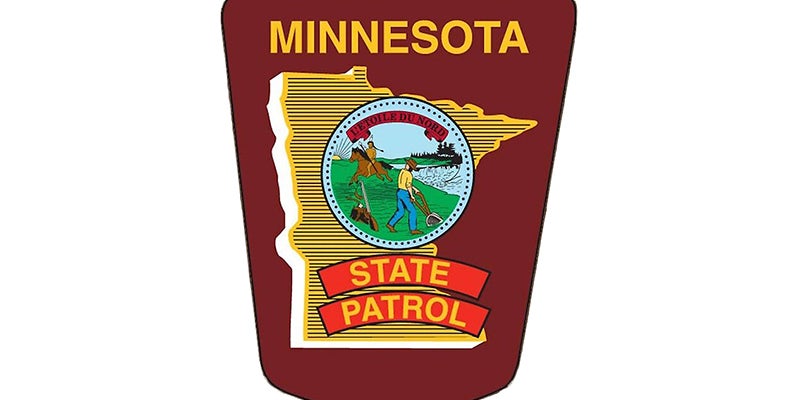Full Circle: Hanging out with the neighbors
Published 8:15 am Thursday, September 28, 2017
“What,” asks the puzzled child, “is a clothesline?”
Can it be true that we are the last generation to remember the formerly ubiquitous backyard clothesline … with all its social complexities?
Make no mistake … there were clothesline rules. Rules replete with peskiness and raised-nosed snootiness! To begin, in order to vanquish any clinging atmospheric detritus, each line had to be wiped clean by housewives who zipped along them with wet cloths. Additionally, to be held in true clothes-hanging-esteem, the clotheslines had to be as taut as guy wires. Wooden poles precariously supporting sagging lines were ferociously frowned upon. No laundry class!
After things were set aright, the clothespin bag was hung and the art of hanging wet clothes began. There was an unspoken—but very real—competition to see which housewife could hang her laundry first, a badge of domestic efficiency. I took this seriously, relishing a ridiculous pride in being the first one each morning despite early sunless summer skies or the biting freeze-drying of bleak winter sunrises. My silly honor had to be upheld after all.
Pity the poor housewife who had to wash her husband’s overalls for her forbearance was monumental. In their sodden state not only did they weigh more than she did, but in the frigid months they were like carrying torso shaped drywall back into the house.
Clothes washing was divided by color—whites having priority. And, trust me, white had to be white! Nothing was worse than the dreaded raised eyebrows of the neighbor ladies critiquing a public display of despicable drab. Headlining this blight were socks that often had to be hand scrubbed on a washboard because the wringer washer didn’t quite do the job. Socks were hung one-by-one, always by the toes, never by the tops! With strict precision, mine were zealously pinned so they all descended in the same direction, heels to the right. I could have passed a first sergeant’s inspection.
All clothing was vigorously shaken to release as many wrinkles as possible. This was especially true of trousers which were hung by the cuffs with the wet legs impeccably folded down the center front and back … as Mrs. God intended.
Shirts were hung by the bottom hems. If the husband had a white collar job it meant just that … a white collar! Oxydol was on every shopping list, and its helpmate Clorox was as revered as penicillin.
Sheets were in this same category, so stark white that sunglasses were welcomed. It was a highly honed skill to hang folded-in-half, double bed sheets (the largest sheets then available) without contaminating at least one corner on the ground below. Using umpteen clothespins (I preferred the upscale spring type), the sheets were pinned ramrod straight as if Nurse Cratchit herself were scrutinizing. Leaving clothespins on the lines (akin to leaving Christmas lights up until July 4th) was about as tacky as a soiled apron. Puleeeeze!
Monday was wash day, but I did laundry everyday, the wee baby clothes looking so tiny suspended high up on the lines. Moreover, I washed so many long, gauzy Curity diapers that I hung them layered in twos, a clothespin pinching the adjoining pairs to save space and pins. (Disposables had not yet been invented as Mr. Pampers was still in utero.)
Modest women hung their unmentionables on the inside lines, sometimes for painful reasons. To be sure no gal wanted the busybodies to know she wore size 12 cotton panties? Or even worse a 32 A bra! And then there were the peeking perverts who had to be taken into account.
By 4:30 PM, laundry was off the line as dinner had to be ready when husbands walked through the door. By then every piece of clothing had been folded—not crammed—into the laundry basket, because wrinkles were an unwanted consequence. Remember, there was no wrinkle resistant fabric. Dress shirts cracked when folded because they were as stiff as plywood cut-outs having been dipped in a starch solution before drying.
At the first opportunity, the laundry was sprinkled using a Coke bottle with a hole-punched stopper, being inordinately careful not to get the clothes too damp, an acquired skill. All the cottons were tightly rolled and tucked into a laundry basket under a clean towel. It was imperative to iron within a day to avoid mold, the laboriousness of this task made more tolerable by the entertaining radio voices of Ma Perkins, Stella Dallas, Arthur Godfrey and Our Gal Sunday.
Laundry hanging in clear view, you must understand, was a semaphore of sorts announcing each family’s news to the world. Fancy sheets and towels meant company had visited, miniature infant clothes announced a baby’s arrival, the length of the boys’ pants showed how much they’d grown, illness was evidenced by extra sheets and pajamas, fancy table cloths publicized a family get-together and an empty clothesline bragged the family could afford a vacation.
Such neighborhood information systems are long gone. It begs the question of what secrets now lie within the steely innards and lint traps of our churning electric dryers? Are their muted drones trying to tell us something?


